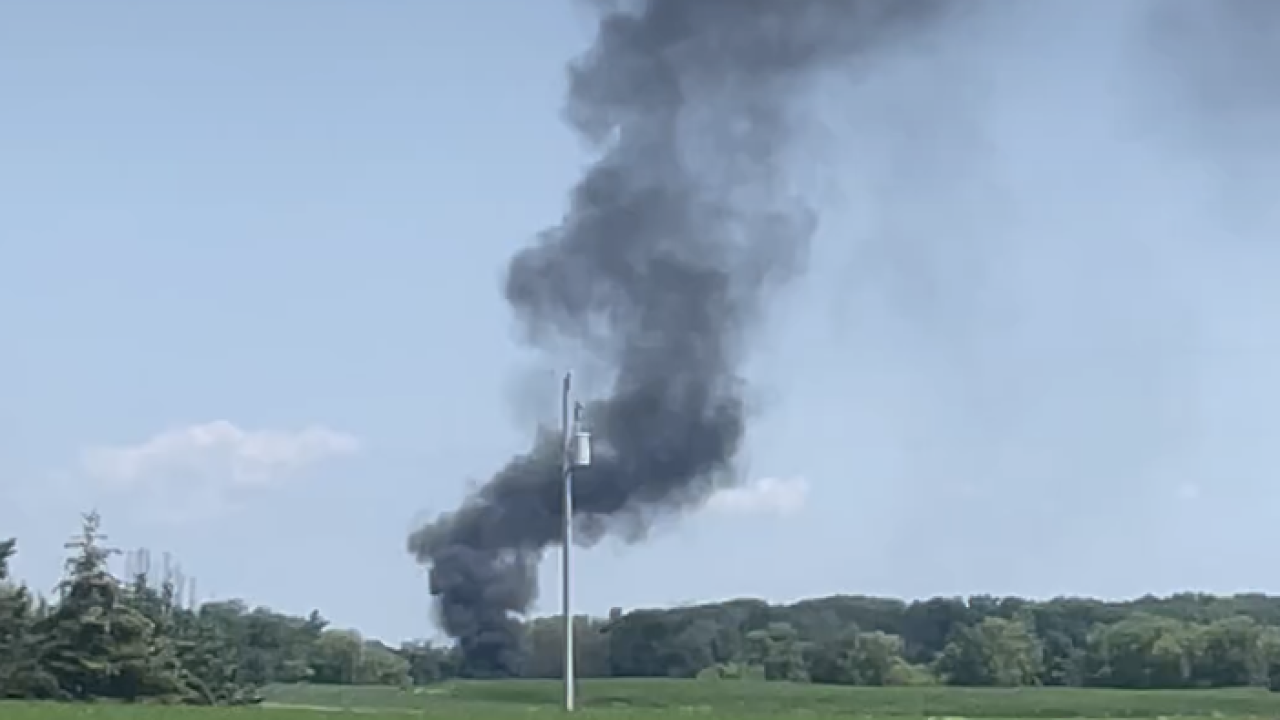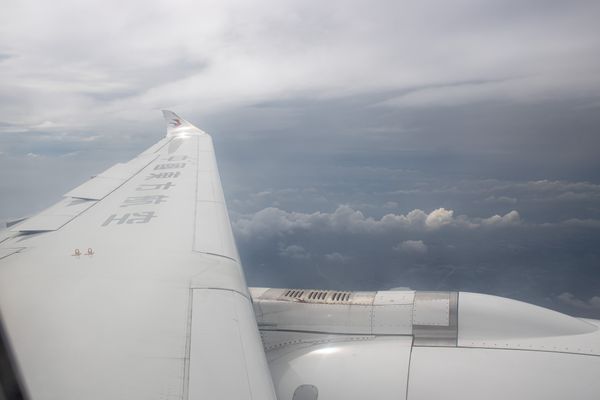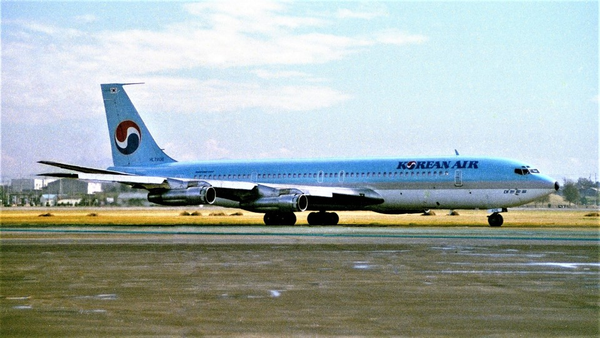The Winnebago County sheriff's office has identified two men killed in the crash of a Lancair E.S. as it approached to land on the opening day of the EAA AirVenture air show in Oshkosh, WI, on Monday, July 22, 2024.
The victims were identified as Sean Tommervik, 37, of Philadelphia, PA, and James G. Sullivan, 32, of Brooklyn, NY. Mr. Tommervik owned the Lancair Super E.S., registered as N18BG. The two men were the only occupants of the four-seat, single-engine aircraft.
The Lancair E.S. had departed the Hartford Municipal Airport in Hartford, WI, less than 60 miles south of Oshkosh, and was following the Fisk VFR Arrival Procedure, a long-established rival route activated for the Oshkosh air show.
At Fisk, incoming airplanes are directed to fly either east to prepare for a landing on Runway 36 Left or Right, or directed north to fly a right-hand pattern north of the airfield, eventually turning back to the west to land on Runway 27.

When offered the choice, N18BG elected to land on Runway 36, and was instructed to follow an east/west road on a “left base” for Runway 36L. This meant N18BG would eventually turn left to land to the north. They were also instructed to switch to the tower frequency.
The Oshkosh Tower then asked the Lancair to “widen out a little bit” to accommodate two jets approaching from the opposite direction and would land ahead of the slower Lancair. N18BG turned to the southeast to comply, and according to data from the flight tracking application flightradar24, it had turned back toward the airport on a north-northheasterly heading.
But the last data received by flightradar24 also showed the Lancair at an altitude of just 975 ft. above mean sea level and descending at 1,472 feet per minute. Its airspeed had been reduced to 56 knots (64 mph/103 kph).
According to figures from Lancair, 56 kts is the stall speed of a Lancair Super E.S. with flaps configured for landing (Vso).

Acting on a request from another air traffic controller in the Oshkosh tower, a B-25 overflying the airport spotted the downed aircraft and reported it on fire.
The Lancair crashed in a farm field just 1.5 miles south of Runway 36, near Old Knapp Rd. in the town of Nekimi. First responders found the plane fully engulfed in flames. A plume of black smoke was visible from Wittman Airport, the site of AirVenture.
Air traffic controllers at the Fisk waypoint immediately rerouted incoming aircraft to a holding pattern published in the Oshkosh Notice To Air Missions, or NOTAM.
All arrivals were sent back to the west to eventually join a racetrack pattern around Green Lake, southwest of Oshkosh. Holding aircraft were advised the hold would be “lengthy” and were advised to monitor their fuel status carefully.

Oshkosh Tower advised all aircraft approaching the airport that had already passed Fisk that the airport was closed to inbound traffic and no landings would be permitted.
They were instructed to “follow the diversion procedure and find another airport to land at right now.” However, the closure was relatively brief, with operations resuming that same afternoon.
An NTSB investigation is in progress. However, official findings are typically not published until after a significant period of time. For instance, the NTSB did not publish its final report on an incident at AirVenture the previous year, the July 29, 2023 crash of a North American AT–6D Texan after takeoff.
The Lancair E.S. is a kit-built aircraft, a simpler version of the faster, more powerful Lancair IV. It has fixed landing gear rather than the more complex and expensive retractable gear. It can cruise between 200 and 220 miles per hour. The Super E.S. can be fitted with a larger 310 H.P. engine. It is uncertain if the crash aircraft was fitted with the larger engine.
What You Don't Know About Airport Operations That Go Overnight » Game Day: The Unseen Operation Behind College Sports Travel » Delta Sets Firm October 2026 Launch for Historic Atlanta–Riyadh A350 Service »
Comments (0)
Add Your Comment
SHARE
TAGS
NEWS LancairOshkoshosh24airventure air crashEAARECENTLY PUBLISHED
 VIDEO: What It's Like Onboard China's COMAC C919
We flew onboard China Eastern's COMAC C919 to experience China's homegrown narrow-body up close. From seat comfort to cabin layout to noise levels to tech: how does it really compare with the Boeing 737 and Airbus A320? This review puts all three workhorses under the same spotlight.
TRIP REPORTS
READ MORE »
VIDEO: What It's Like Onboard China's COMAC C919
We flew onboard China Eastern's COMAC C919 to experience China's homegrown narrow-body up close. From seat comfort to cabin layout to noise levels to tech: how does it really compare with the Boeing 737 and Airbus A320? This review puts all three workhorses under the same spotlight.
TRIP REPORTS
READ MORE »
 KAL858: The North Korean Bombing that Shocked the World
Among the 99 passengers boarding Korean Air Flight 858 on November 29, 1987, few could imagine their journey would end as one of aviation's darkest mysteries.
STORIES
READ MORE »
KAL858: The North Korean Bombing that Shocked the World
Among the 99 passengers boarding Korean Air Flight 858 on November 29, 1987, few could imagine their journey would end as one of aviation's darkest mysteries.
STORIES
READ MORE »
 Ghost Networks: The Rise, Fall, and Revival of Fifth-Freedom Flights
Fifth-freedom flights — routes where an airline flies between two countries outside its home base — have always lived in aviation's twilight zone. We chart their rise, their near-disappearance, and the surprising markets where they still thrive today. Then we take you on board a special Seoul-Tokyo fifth-freedom flight to show how the experience stacks up against a typical regional carrier.
TRIP REPORTS
READ MORE »
Ghost Networks: The Rise, Fall, and Revival of Fifth-Freedom Flights
Fifth-freedom flights — routes where an airline flies between two countries outside its home base — have always lived in aviation's twilight zone. We chart their rise, their near-disappearance, and the surprising markets where they still thrive today. Then we take you on board a special Seoul-Tokyo fifth-freedom flight to show how the experience stacks up against a typical regional carrier.
TRIP REPORTS
READ MORE »



